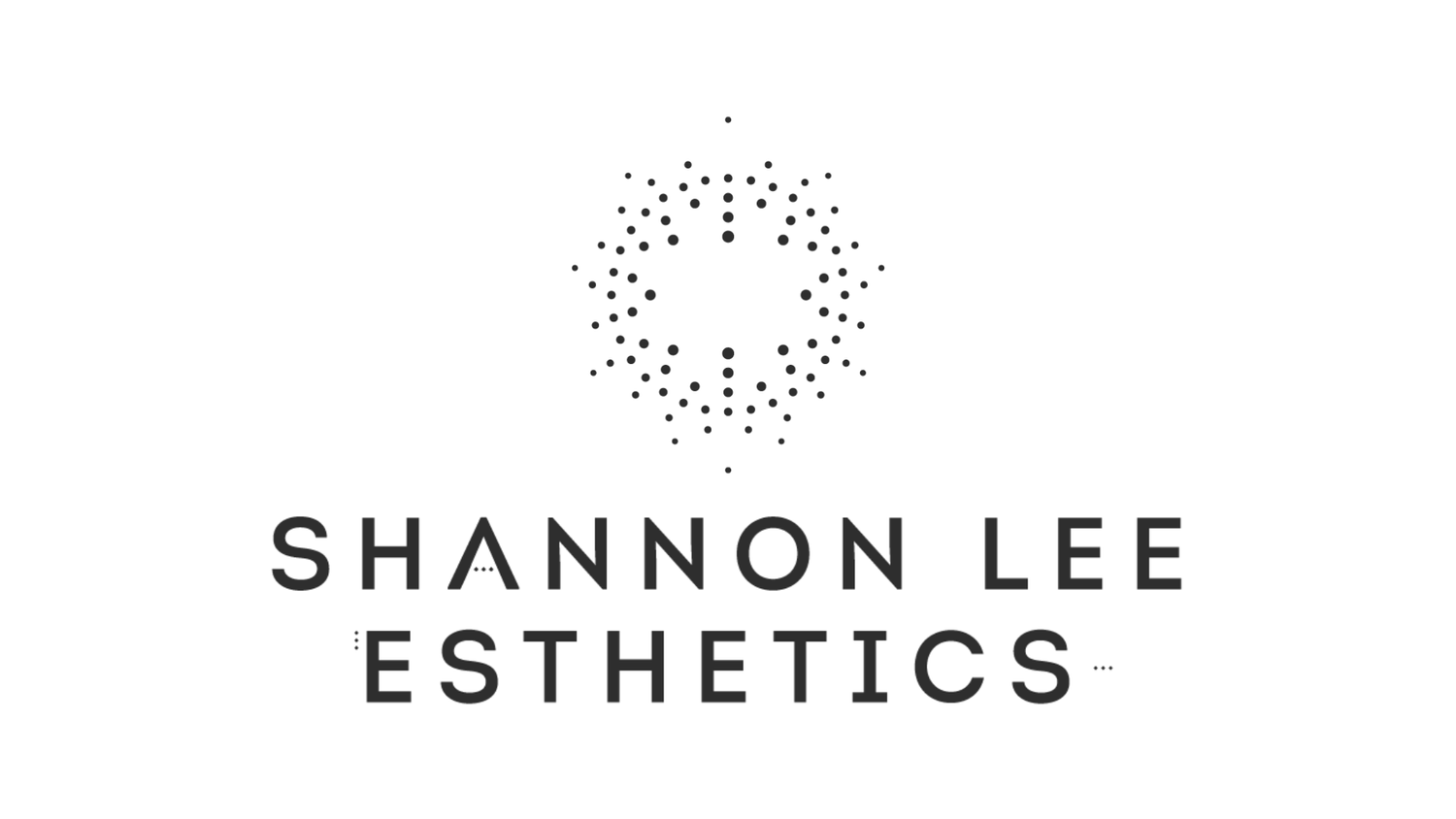Acne Face Map: What Is Your Skin Trying to Tell You?
You’ve probably heard of reflexology for your feet… but what about your face? Acne face mapping is an ancient practice that connects breakouts in specific areas of your face with internal imbalances or lifestyle habits. While it’s not an exact science, it can be surprisingly helpful when trying to decode what’s behind those stubborn pimples.
Let’s break it down — Face map style:
Forehead: Linked to digestion and stress. Think too many processed foods or irregular sleep patterns. Tip: try upping your water intake and cutting back on refined sugars.
Between the brows: Your liver zone. This might mean you’re overdoing alcohol, dairy, or rich, greasy food. Add leafy greens and consider swapping that second glass of wine for herbal tea (just sometimes, we’re not monsters).
Nose: Heart health and circulation. High blood pressure or spicy food can be culprits. Try adding more omega-3s to your diet—think salmon, walnuts, or flaxseed.
Cheeks: Often connected to respiratory issues or air pollution. Smokers (or even city dwellers!) may notice more breakouts here. Always cleanse thoroughly and consider adding an antioxidant serum.
Chin and jawline: The hormonal battleground. Fluctuating hormones, especially around your period, tend to cause acne here. We’ll talk more about this in our luteal phase post!
Practical takeaways:
Face mapping isn’t meant to replace professional skincare advice, but it is a great tool to notice patterns.
Keep a breakout diary—track what’s going on with your skin alongside your diet, cycle, and stress levels.
When in doubt, book a professional consultation to get a personalized treatment plan.
Hope this helped you connect the dots, literally! Your skin is always talking, and we’re here to help you understand the language.
Stay tuned for more skin secrets coming soon.
With love,
Shannon Marks

